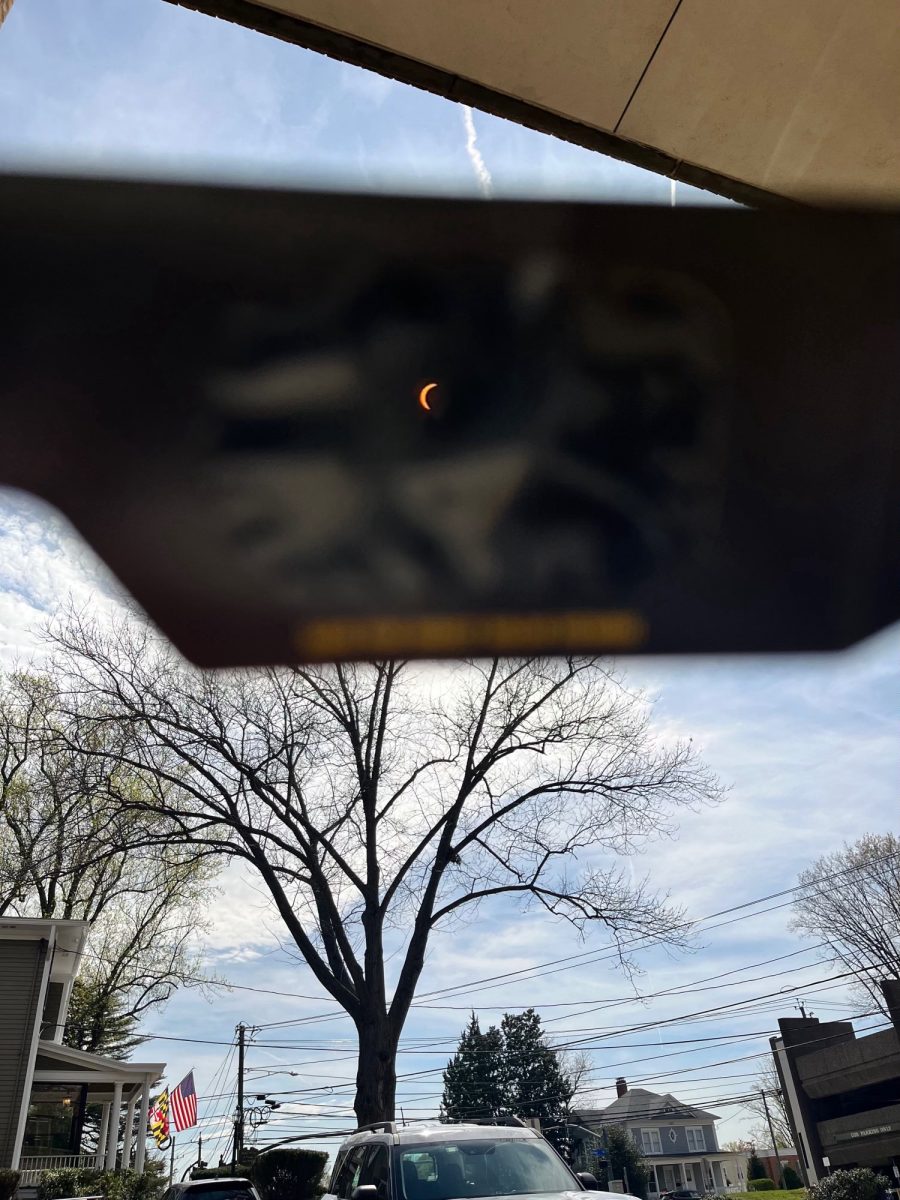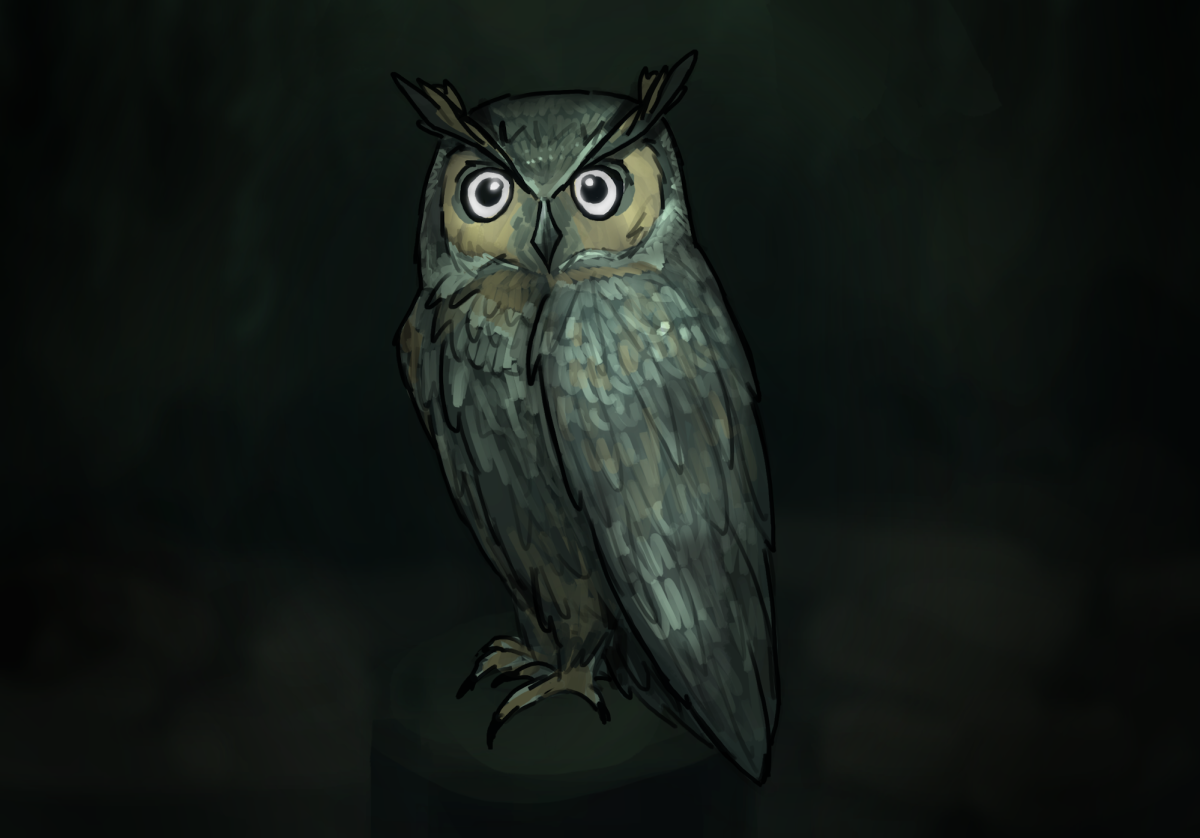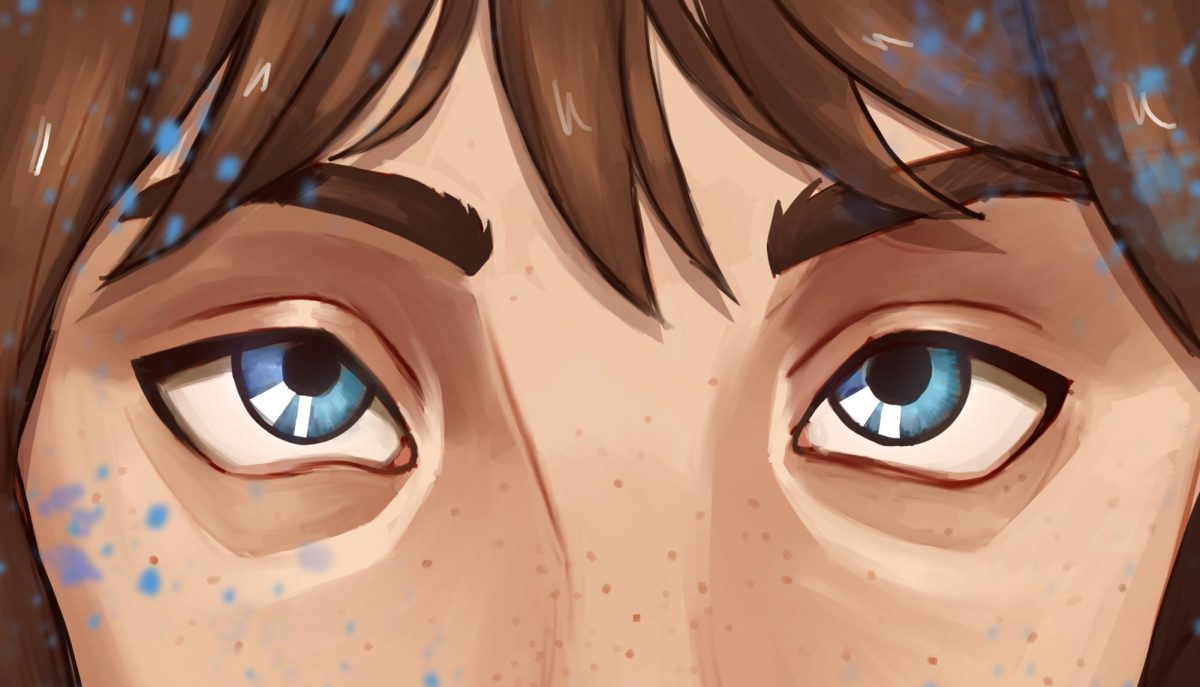As the Earth spins through the expanse of the cosmos, April 8, 2024, emerges as a date in our cosmic calendar marked by a unique opportunity for mankind. This day marked the visibility of a solar eclipse to residents of the contiguous United States.
This wasn’t just a regular solar eclipse, however. It was a total solar eclipse, when the moon fully blocks the sun’s light. In a total solar eclipse, the moon is positioned in alignment between the Earth and the sun. The alignment causes the moon’s shadow to be cast on the planet’s surface. During the minutes this occurs, called totality, the sky darkens and the temperature drops.
Dubbed the “Great North American Eclipse,” the path of totality of this event traced a narrow path of totality across 13 U.S. states, starting in Texas and ending in Maine. What makes this event even more special is that it is a phenomenon that won’t occur again for decades. The next total solar eclipse won’t be visible again from the contiguous US until Aug. 22, 2044, but totality will only occur over North Dakota and Montana. However, the next total solar eclipse with a coast-to-coast path spanning the Lower 48 states will occur on Aug. 12, 2045.
This rare moment was extraordinary for many. “I think it was fascinating. I didn’t really get to see a lot of it at first. The sky didn’t really get dark in the sense one usually imagines when expecting an eclipse,” junior James Zhang said. “Once I was able to put on my glasses, I found it really interesting how raw the sun appeared. It looked cool and creepy.”
Total solar eclipses are particularly important because they allow scientists to see a part of the Sun’s atmosphere – known as the corona – that’s too faint to see except when the bright light of the Sun is blocked. For over a century, solar eclipses helped scientists decipher the Sun’s structure and explosive events, find evidence for the theory of general relativity, and discover a new element, among other things.
In addition to outer space studies, solar eclipses are also a time for earthly observations. Many different scientific groups, such as the Globe Observer, have been conducting public-led studies that can only happen during solar eclipses. Their studies consist of cloud cover, landscape effects, air temperature, and the measurement of other variables such as wind, and surface temperature.
Furthermore, NASA itself launched the Eclipse Soundscapes project, which will collect observations and soundscapes recorded by the public during the April 8 total solar eclipse. Sunlight is a reliable environmental signal by which plants and animals regulate their biological clock, but how an eclipse affects this process isn’t well documented. Scientific reports on changes in animal behavior during eclipses are few and sometimes contradictory. Studies like NASA’s are crucial to understanding our planet as well as we can. “I find it interesting that NASA and other groups are engaging in this research,” junior Daisy Wong said. “I think these observations are very important to our understanding of the world. All knowledge is good knowledge.”
In all, yesterday, April 8, 2024, is a fascinating day full of historical significance. From the one-in-a-blue-moon total solar eclipse to the scientific research opportunities, this is a day full of celebration and exploration.
If you would like to voice your opinion on an issue you feel is relevant to our community, please do so here. Anyone is able and welcome to submit a Letter to the Editor, regardless of journalistic experience or writing skills. Submissions may be published either online or in a print issue.










